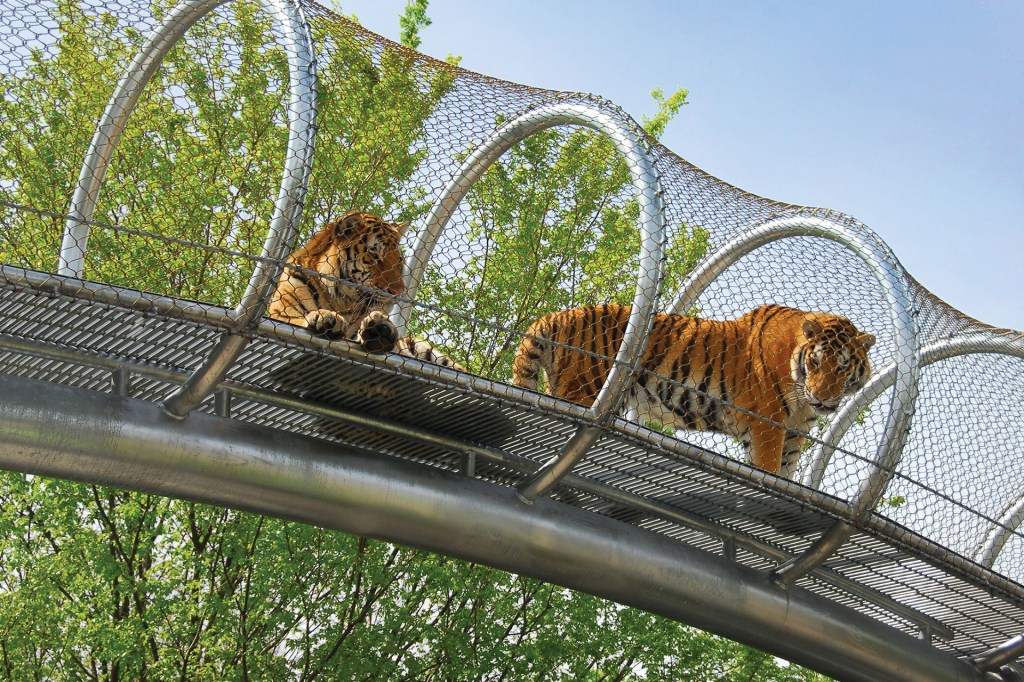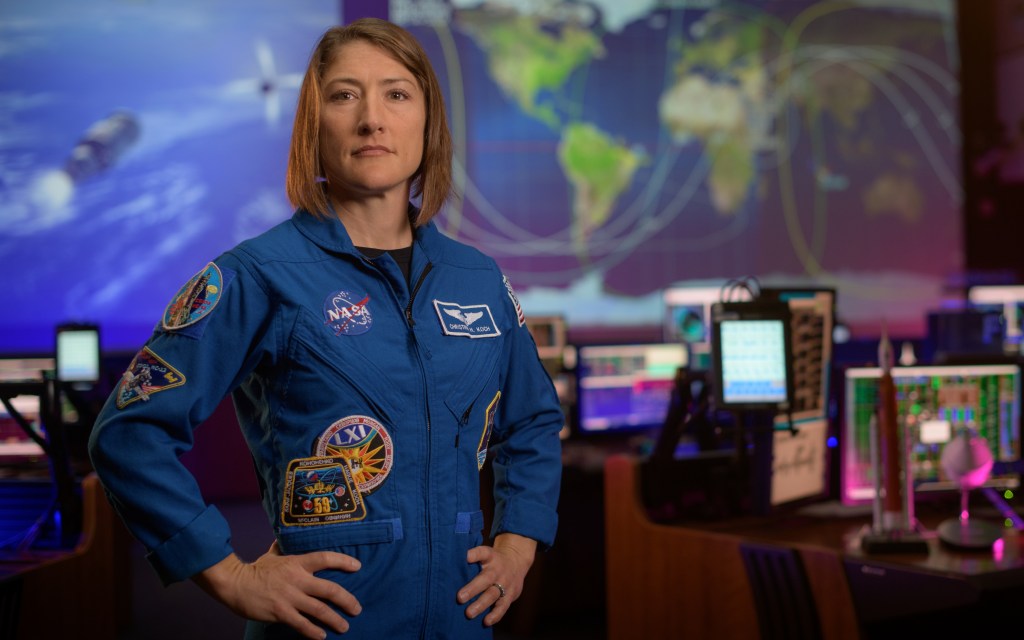
A 3-year-old pit-bull mix named Ninja trots into a lab at Emory University, in Atlanta, Georgia. She catches sight of the magnetic resonance imager (MRI)—a clanging, coffin-like machine—and leaps happily onto the table.
Ninja has been trained to sit still in the MRI. This lets neuroscientist
neuroscientist
 RON LEVINE—GETTY IMAGES
a scientist who studies the brain to understand how people and animals behave and learn
(noun)
To become a neuroscientist, Meg studies the brain and how it works.
Gregory Berns peer
peer
RON LEVINE—GETTY IMAGES
a scientist who studies the brain to understand how people and animals behave and learn
(noun)
To become a neuroscientist, Meg studies the brain and how it works.
Gregory Berns peer
peer
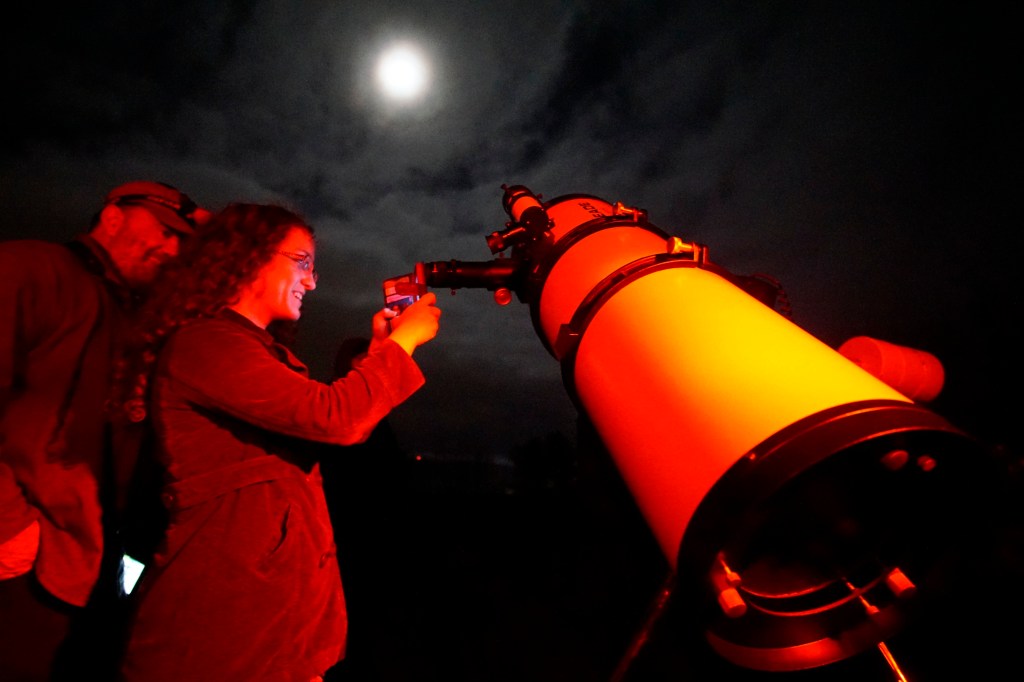 BEN GARVER—THE BERKSHIRE EAGLE/AP
to look at closely or with great interest
(verb)
The students used a telescope to peer into space
into her brain. Berns wants to learn more about the canine mind. Dogs don’t have language, but they communicate with their eyes, their barks, and their bodies. They nuzzle our hands when we’re sad. We believe they can understand us, and maybe they do.
BEN GARVER—THE BERKSHIRE EAGLE/AP
to look at closely or with great interest
(verb)
The students used a telescope to peer into space
into her brain. Berns wants to learn more about the canine mind. Dogs don’t have language, but they communicate with their eyes, their barks, and their bodies. They nuzzle our hands when we’re sad. We believe they can understand us, and maybe they do.

TEACHER'S PET Scientist Gregory Berns trained a dog to sit in an MRI machine as it takes pictures of her brain.
DINA LITOVSKY—REDUX FOR TIME“What’s it like to be a dog?” Berns asks. “No one can know with certainty. But I think our dogs are experiencing things very much the way we do.”
Dog Smarts
Berns is not the only scientist trying to see the dog’s point of view. There are canine-research facilities in Hungary, Austria, Germany, Italy, Australia, and elsewhere.
Researchers have found that the canine brain is less complex than the human brain but that its structure is strikingly similar. Berns has used his MRI to study how dogs recognize the faces of humans and other dogs, and how they recognize voices and words. He has even studied how dogs experience jealousy.

WAIT TIME Because they’re aware of time passing, dogs know when their owner is due home.
GETTY IMAGESResearchers in Vienna, Austria, recently tested dogs to see if they can form friendships. Two dogs were put in side-by-side cages. One was trained to pull a lever that delivered food to the other. The first dog got nothing. Yet it was happy to pull the lever, so long as the dog on the other side was a playmate. It was less likely to pull the lever for an unknown dog.
In some areas, dogs can outdo humans. One study found that dogs were better than 4-year-old humans at learning to ignore bad instructions. Children and dogs were taught to turn a lever to open a box for a treat. When the box was changed so that it was always unlocked, the dogs learned to ignore the lever and simply open the lid. The children continued to crank the useless lever.
Best Friends
What does all this science say about dogs’ emotional experience?
They seem to feel joy. They sense when it’s time for you to come home. They stir from a nap, check the front door, or become excited. They jump and yip when you enter. “Dogs pick up on all kinds of things,” says Juliane Kaminski, a scientist at the University of Portsmouth, in England. “A system has developed in which both species—ours and theirs—attend to each other’s cues
cue
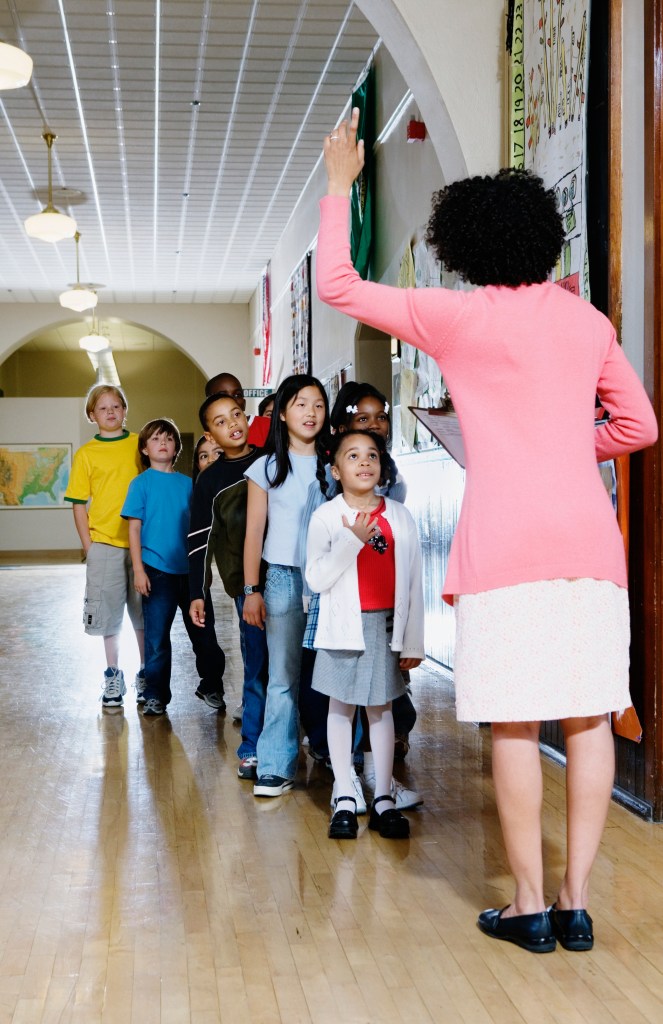 ANDERSEN ROSS—GETTY IMAGES
something that serves as a signal, hint, or suggestion
(noun)
The teacher raised her hand as a cue for students to stop talking.
.”
ANDERSEN ROSS—GETTY IMAGES
something that serves as a signal, hint, or suggestion
(noun)
The teacher raised her hand as a cue for students to stop talking.
.”
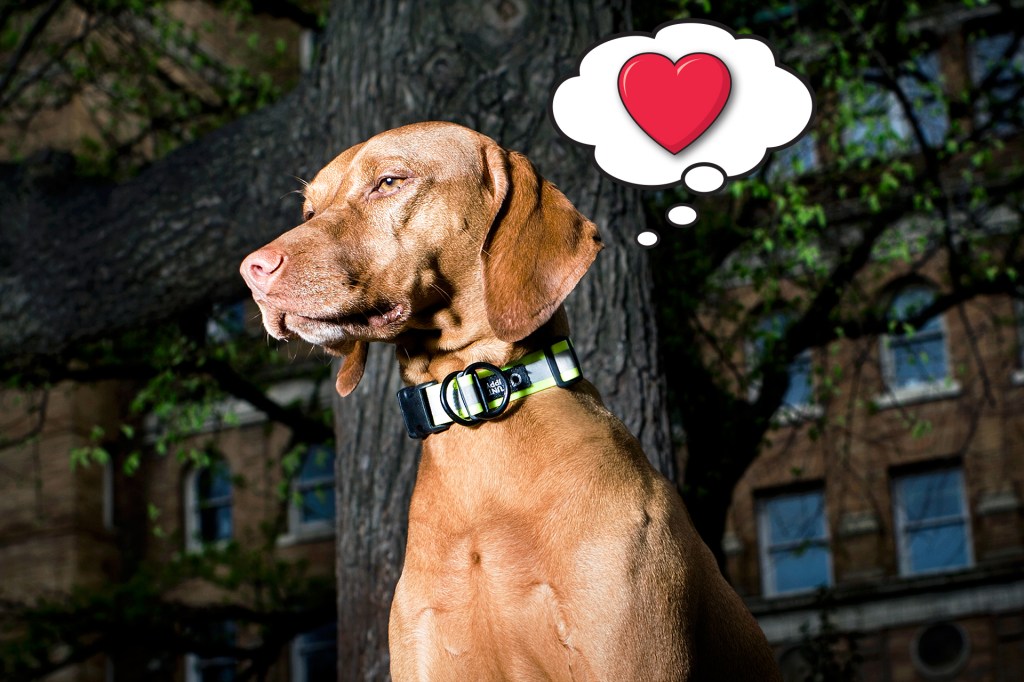
True love? One question research hopes to answer: Do our dogs love us as much as we love them?
DINA LITOVSKY—REDUX FOR TIME
Ultimately, our curiosity
curiosity
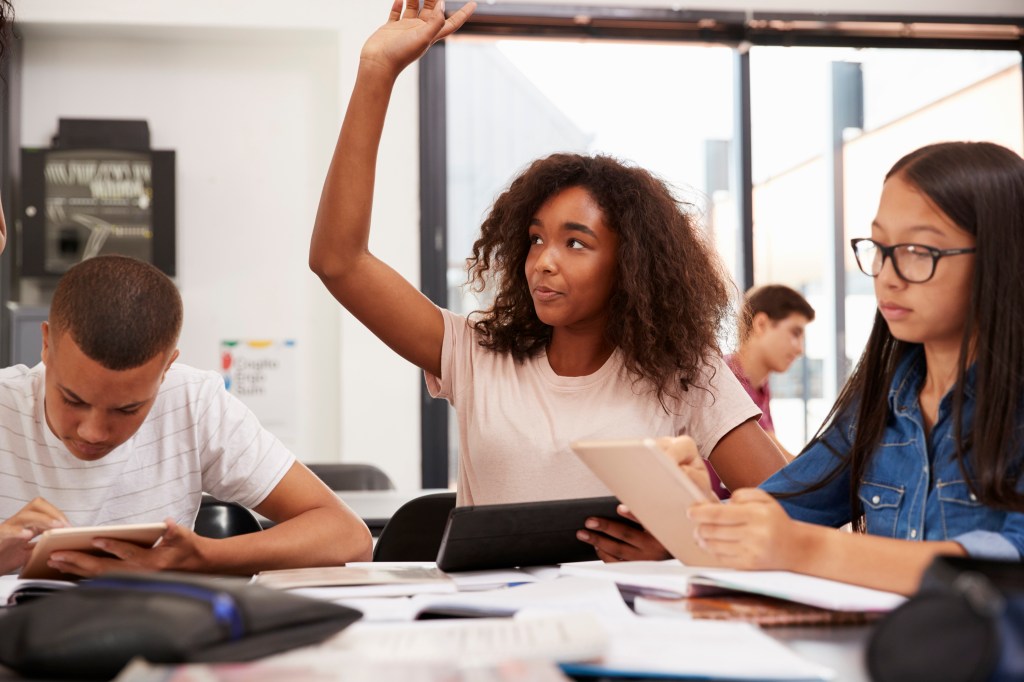 GETTY IMAGES
an eager desire to learn
(noun)
Lina’s curiosity leads her to ask lots of questions.
about dogs will always be driven mostly by our love for them. In their joy and empathy
empathy
GETTY IMAGES
an eager desire to learn
(noun)
Lina’s curiosity leads her to ask lots of questions.
about dogs will always be driven mostly by our love for them. In their joy and empathy
empathy
 BSIP/UIG/GETTY IMAGES
an awareness of another’s feelings, experiences, or emotions
(noun)
Hugging a person who is sad is a way to show empathy.
and inexhaustible curiosity, dogs are like us. And when we’re in their presence, we become more like them. We are both a better species for our union
union
BSIP/UIG/GETTY IMAGES
an awareness of another’s feelings, experiences, or emotions
(noun)
Hugging a person who is sad is a way to show empathy.
and inexhaustible curiosity, dogs are like us. And when we’re in their presence, we become more like them. We are both a better species for our union
union
 JOHN MONTANA—GETTY IMAGES
an instance of two or more things that have been joined into one
(noun)
The union of peanut butter and jelly makes a perfect sandwich.
.
JOHN MONTANA—GETTY IMAGES
an instance of two or more things that have been joined into one
(noun)
The union of peanut butter and jelly makes a perfect sandwich.
.
Assessment: Click here for a printable quiz. Teacher subscribers can find the answer key in this week's Teacher's Guide.





